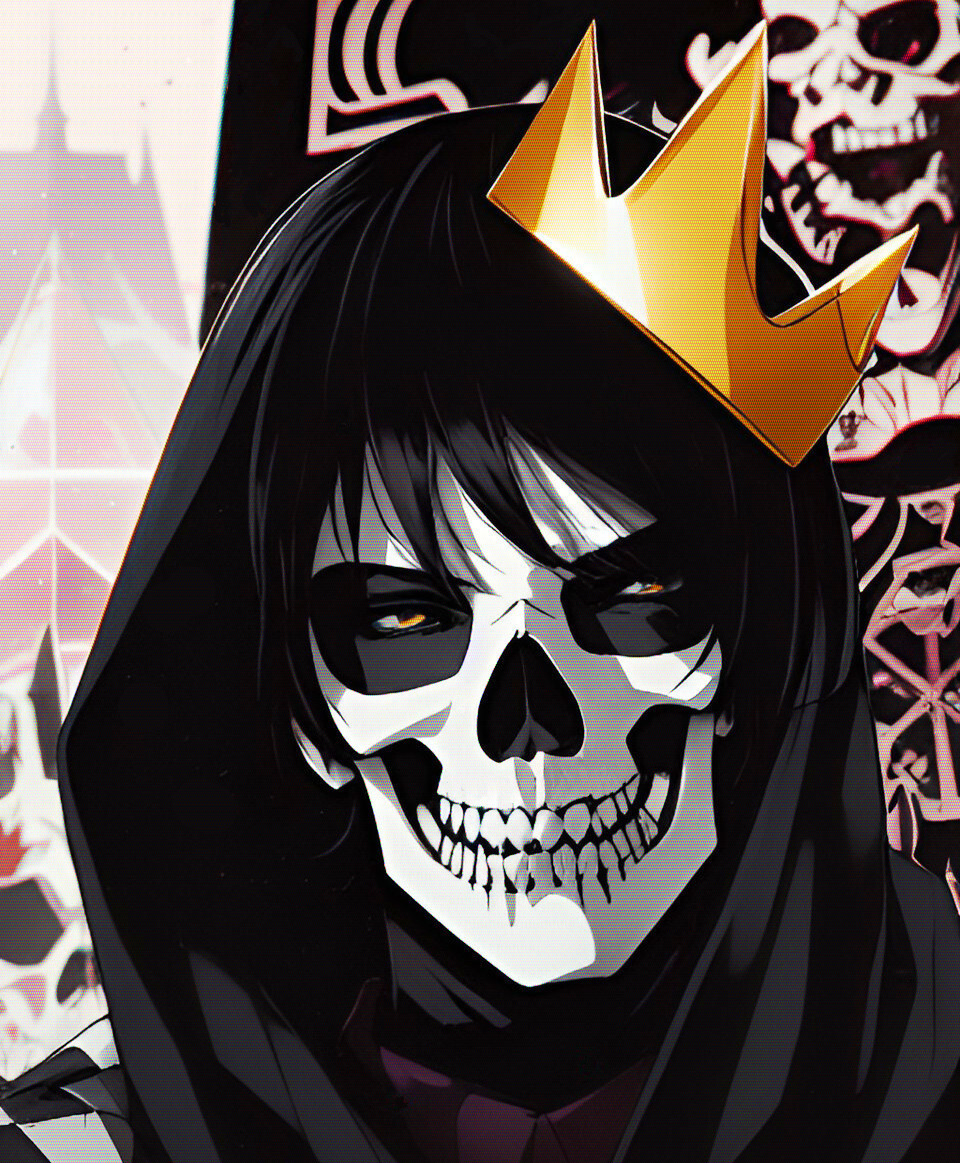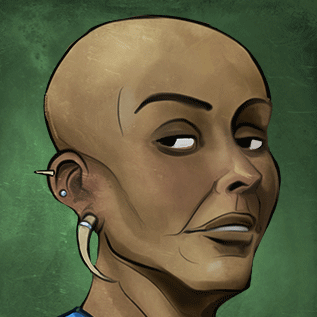The Haitian Revolution has often been described as the largest and most successful slave rebellion in the Western Hemisphere. Slaves initiated the rebellion in 1791 and by 1803 they had succeeded in ending not just slavery but French control over the colony. The Haitian Revolution, however, was much more complex, consisting of several revolutions going on simultaneously. These revolutions were influenced by the French Revolution of 1789, which would come to represent a new concept of human rights, universal citizenship, and participation in government.
In the 18th century, Saint Dominigue, as Haiti was then known, became France’s wealthiest overseas colony, largely because of its production of sugar, coffee, indigo, and cotton generated by an enslaved labor force. When the French Revolution broke out in 1789 there were five distinct sets of interest groups in the colony. There were white planters—who owned the plantations and the slaves—and petit blancs, who were artisans, shop keepers and teachers. Some of them also owned a few slaves. Together they numbered 40,000 of the colony’s residents. Many of the whites on Saint Dominigue began to support an independence movement that began when France imposed steep tariffs on the items imported into the colony.
The three remaining groups were of African descent: those who were free, those who were slaves, and those who had run away. There were about 30,000 free black people in 1789. Half of them were mulatto and often they were wealthier than the petit blancs. The slave population was close to 500,000. The runaway slaves were called maroons; they had retreated deep into the mountains of Saint Dominigue and lived off subsistence farming. Haiti had a history of slave rebellions; the slaves were never willing to submit to their status and with their strength in numbers (10 to 1) colonial officials and planters did all that was possible to control them.
Inspired by events in France, a number of Haitian-born revolutionary movements emerged simultaneously. The General Assembly in Paris responded by enacting legislation which gave the various colonies some autonomy at the local level. The legislation, which called for “all local proprietors…to be active citizens,” was both ambiguous and radical. It was interpreted in Saint Dominigue as applying only to the planter class and thus excluded petit blancs from government. Yet it allowed free citizens of color who were substantial property owners to participate. This legislation, promulgated in Paris to keep Saint Dominigue in the colonial empire, instead generated a three-sided civil war between the planters, free blacks and the petit blancs. However, all three groups would be challenged by the enslaved black majority which was also influenced and inspired by events in France.
Led by former slave Toussaint l’Overture, the enslaved would act first, rebelling against the planters on August 21, 1791. By 1792 they controlled a third of the island. Despite reinforcements from France, the area of the colony held by the rebels grew as did the violence on both sides. Before the fighting ended 100,000 of the 500,000 blacks and 24,000 of the 40,000 whites were killed. Nonetheless the former slaves managed to stave off both the French forces and the British who arrived in 1793 to conquer the colony, and who withdrew in 1798 after a series of defeats by l’Overture’s forces. By 1801 l’Overture expanded the revolution beyond Haiti, conquering the neighboring Spanish colony of Santo Domingo. He abolished slavery in the Spanish-speaking colony and declared himself Governor-General for life over the entire island of Hispaniola.
At that moment the Haitian Revolution had outlasted the French Revolution which had been its inspiration. Napoleon Bonaparte, now the ruler of France, dispatched General Charles Leclerc, his brother-in-law, and 43,000 French troops to capture L’Overture and restore both French rule and slavery. L’Overture was taken and sent to France where he died in prison in 1803. Jean-Jacques Dessalines, one of l’Overture’s generals and himself a former slave, led the revolutionaries at the Battle of Vertieres on November 18, 1803 where the French forces were defeated. On January 1, 1804, Dessalines declared the nation independent and renamed it Haiti. France became the first nation to recognize its independence. Haiti thus emerged as the first black republic in the world, and the second nation in the western hemisphere (after the United States) to win its independence from a European power.
- Revolutions Podcast by Mike Duncan - S4: Haitian Revolution - playlist :louverture-shining:
Resources for Palestine :palestine-heart:
Here are some resourses on Prison Abolition :brick-police:
Foundations of Leninism :USSR:
:lenin-shining: :unity: :kropotkin-shining:
Anarchism and Other Essays :ancom:
Remember, sort by new you :LIB:
Follow the Hexbear twitter account :comrade-birdie:
THEORY; it’s good for what ails you (all kinds of tendencies inside!) :RIchard-D-Wolff:
COMMUNITY CALENDAR - AN EXPERIMENT IN PROMOTING USER ORGANIZING EFFORTS :af:
Come listen to music with your fellow Hexbears in Cy.tube :og-hex-bear:
Queer stuff? Come talk in the Queer version of the megathread ! :sicko-queer:
Monthly Neurodiverse Megathread and Monthly ND Venting Thread :Care-Comrade:
Join the fresh and beautiful batch of new comms:
!labour@hexbear.net :iww:
!emoji@hexbear.net :meow-anarchist: :meow-tankie:
!libre@hexbear.net :libretion:
This Friday we are gonna Watch Shrek :shrek: a movie about an ogre and Tank girl (1995) :tank: about an antihero and her fight against an evil mega-corp in post-apocalyptic australia :aus-delenda-est:
So no winners for the last problem but that's okay.
Previous answer
I kinda want to save the answer to come back another day but if you are curious just dm @Wmill to ask for this answer.
Number crossword puzzles #1
These puzzles are done just like crosswords, except that the Across and Down clues define numbers instead of words. Heavy lines (rather than black squares) indicate the ends of numbers.
Across
-
Difference between a number of four consecutive increasing digits, and the same number reversed
-
Number with consecutive increasing digits
-
3 down times 8 Across
-
Prime number
-
Multiple of 13
Down
-
Cube of a digit in 1 Across
-
Two cubed, then 1 Across times 7 down (last three digits)
-
6 Across divided by 8 Across
-
Three consecutive digits
-
A factor of 3 Down times a factor of 1 Across
So trying something new and I hope this works so have fun :soviet-heart: and dm @Wmill the answer.
A coworker handing out fliers for a go fund me for her daughter's cancer treatment is just... Jesus fucking christ this country is barbaric
Trump got booed at a rally because he encouraged the attendees to get vaccinated, lmao.
Let the Posting Begin :posting:
@Kanna @Grownbravy @PurrLure @comi @Lenins2ndAccount @REallyN @Eco @DashEightMate @CARCOSA @DeathToBritain @TheGhostOfTomJoad @SorosFootSoldier @PM_ME_YOUR_FOUCAULTS @DasKarlBarx @marxisthayaca @bbnh69420 @Koa_lala @clover @GalaxyBrain @viva_la_juche @Rem @MaybeNickCage @Wmill @riffraff_diktat @Shitbird @inshallah2 @JamesConeZone @Abraxiel @aaaaaaadjsf @ella @FunkyStuff @el_principito @LeftistJerrySeinfeld@renamon @Arahnya @ComradeCmdrPiggy @Ossay @Zoift @PorkrollPosadist @WhoaSlowDownMaurice @Lydia
Ah, I’ve forgotten the question cannot go through same line again, carry on :rat-salute:
a wonderful topic that Reddit administrators don't want you to know about.
Indulged in some fine herbs and spent like an hour writing up fictitious reports on that Texas abortion law enforcement site. Made them look as convincing as possible, and made sure absolutely every address led to an industrial hog farm.
The world is ending and my dumb ass is thinking about going to grad school
Lol Ive been telling neolibs that their opsec is awful and that I can find their real identity in two google searches (don't know if that's true I just like making libs scared) and I finally got one to delete their reddit account
Posting is praxis. :quagsire-pog:
I tested positive for covid on the first day of our most busiest time at work. Throwing the entire week into disarray. Gotta love Administration making such shitty policies that they actively sabotage their own institutions.
The wall-to-wall coverage of the fates of the Afghan all-female robotics team is just emblematic to me of everything wrong with the Afghanistan war. Why did Afghanistan have this and not a functioning army, police force, or justice system? Because organizing it is easy make-work for some women's rights and education NGOs, and it plays really well in the newspapers.
Oh, New York is suffering from a disaster? I didn’t know chapo trap house released another episode!!! shits pants and falls down 32 flights of stairs
This hurricane is nothing, they haven't been the same since virgil left
Shit idk. I should probably stop joking about him either way
I’m not a big Chapo guy. I do really like Felix he’s usually really funny
It's sketchy, the only real allegations I've seen were a Twitter thread like 3 months ago, but he hasn't really been seen since so who really knows. The thing that weirds me out is that right wing trolls would bring up allegations on this site before any official allegations existed, so i don't really trust it until more info comes out
Is it an American thing to be constantly worried about something horrifying happening? So many people I know are regularly worried about child abductors and serial killers just roaming the streets looking for random victims.
Just take a moment of serene bliss to imagine the FBI agent that has to monitor this site reading each black_mold_futures post trying to determine violent intent.
I regret to inform everyone that it is monday :mondays:
Imagine living in a modest row house just off a raised bike road that leads to a train station












